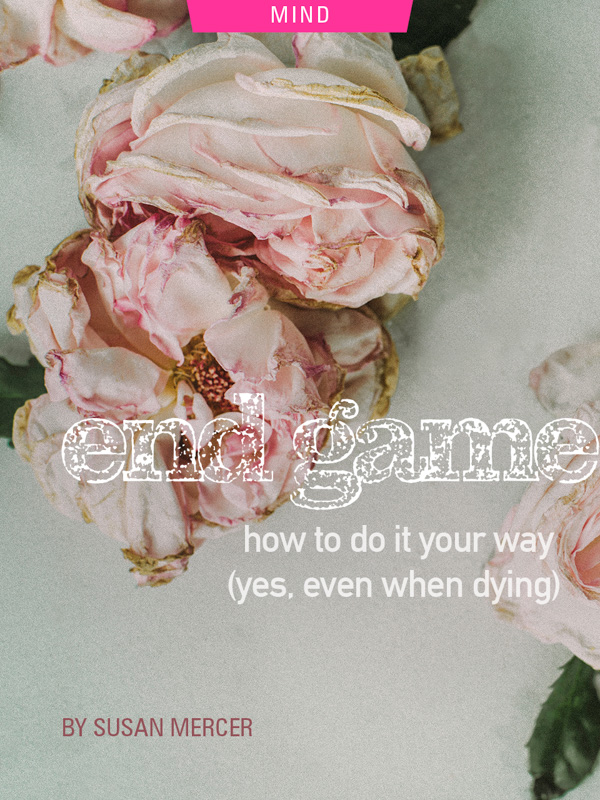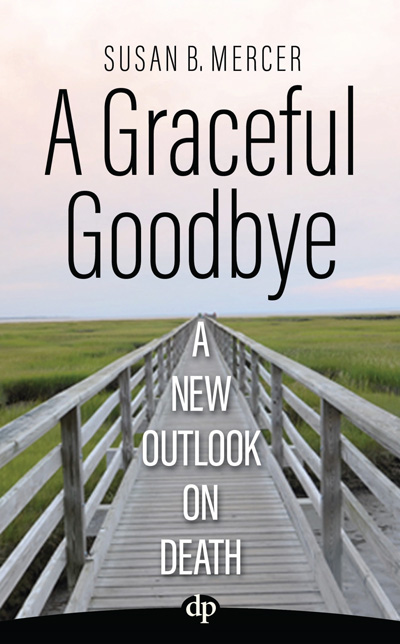
An End of Life Doula imparts the beauty, grace, and impact of participating in your dying plan and legacy
—
As we think about life, we must think about death. As we think about death, we must think about life.
Life and death go hand in hand. At the end of life, we hear the question, “How do you want to be remembered?” Often, the answer is: I wish I had done _________, taken that trip, should have done _________, should have called or spoken to __________. It’s often about our regrets versus our accomplishments. Does this sound familiar?
We all have choices to live life fully now as if we are experiencing our last breath this moment. Ugh. Who wants to think of that — and why would I want to think about death?
The funny thing is — we are all going to die. Ok, maybe not funny, yet true. Our bodies come with an expiration date even though we are not aware of it. We are not designed to live forever. This is fact, yet so few of us admit this and prepare or even know we have choices and can make a plan. This PLAN is similar to vacation plans or retirement plans as it takes some thought.
Every living thing dies, or does it? Perhaps it dies in its existing body to transform and nourish something else, so it may thrive.
Think of leaves falling off the tree and providing nourishment for the plants below them.
Think of the beautiful butterfly. It goes through many stages; egg, larvae (caterpillar), pupa (chrysalis), and finally emerges transformed into a free and beautiful butterfly. Imagine, being that butterfly. We begin as a seed, have our resting state of 9 months and emerge transformed into a little person capable of breathing on our own.
Suppose for a moment, we continue to do the same as the butterfly. We traverse through life much the same although we make many more choices and create many possibilities. We live our lives nourishing ourselves with food, learning and loving and moving along to then enter into a resting state before transforming into a new way of being — leaving the old behind.
I experienced this when I decided to leave my home I knew so well, to embark on a new adventure all the way across country from Boston to central coast California. I knew no one here, yet the possibility of living in a carefree, warm, sunny environment called to me — beckoning me away from the fear of the unknown. It was in this new place that I discovered I wanted to write some sort of book, though I had no idea what type.
It was also at this time that I answered a 3-sentence newspaper ad about training to become a hospice volunteer. Something stirred inside me, so I heeded the call. Go where you are being called. It is the place where the unexpected gifts await.
Many of those hospice clients would teach me much about life, patience, the importance of being present and caring for another person — and of death.
It was because of those experiences and interactions that I commenced my End of Life Doula training.
A birth Doula is a non-medical person who assists the mother before, during and after childbirth providing emotional support. An End of Life Doula is an advocate for the dying person, making sure their wishes are followed and provides support to their family during this time of transition and often emotional upheaval. An End of Life Doula also assists with the creation of Legacy Projects, transition rooms and end of life plans.
Designing Legacy Projects celebrating a person’s life can bring a family together in the most momentous way. Especially when organizing scrapbooks of favorite vacations spent together, reminding everyone of happy times where there may be have been dissention before. Other ideas of projects may be a video sharing memories of your life, writing letters to family members and friends, also to those unborn to share your dreams of life for them. Perhaps it’s a scroll or book with your favorite poems or recipes you loved to make. Meaningful conversations can be shared with music and dancing surrounding the dying person. Hearing is the last sense to leave the body, therefore, although the person is lying unresponsive — they can hear.
Another decision to be made is where you want to be: hospital, care facility, or home — and what you want your room to look like, feel like, smell like.
Yes, you have choices. You can have your favorite flowers, your favorite scent, perhaps lavender, a special pillow or blanket. Lights can be dimmed, machines can be muted or turned off. Since hearing is our last sense to leave, having your favorite music playing can be quite soothing not just for you, but for your visitors as well. Create some visualizations that can be recorded and played for you or ones that someone can read/share with you of your favorite places.
The body knows how to die
Sometimes, the mind interrupts the process as it believes it has to keep us alive. I have witnessed the difference providing a visualization has on the body’s breathing and peacefulness because the mind has something else to do. Rapid breathing, twitching, gasping all have been relieved once visualizations and music are introduced. The mind focuses on the visualization and music and not on the body. This allows the breathing to be slower, twitching to subside and even gurgling to lessen all without medication. Sometimes the use of some, low dose medication is necessary, however, medication can disrupt the dying process and transition because it interrupts the flow of life into death into whatever is next. I imagine the spirit/soul leaves the body before any discomfort may come from the dying process, therefore, there is no pain.
Each person who dies in our life is our teacher and provides us with many lessons. Sometimes it’s how to live life differently, more fully, or to replicate their dying experience or make sure we have a much more peaceful transition. Or perhaps we are being called to make amends with people while we are able, to bring more meaning and love into our life, to take that special vacation now instead of waiting, or skydive or write that book, or become healthy.
Maybe even plan for your death.
There are choices to be made at our end of life. Where do we die? What do we want our room to look like? What music, poems, books, visualizations do you want to hear? Who do you want/not want to visit you? What memories do you want shared? And then the decisions about what happens once you die — will there be a funeral, will you be buried or cremated, what will be done with your ashes? What type of celebration do you want?
I recommend having your celebration while you are alive, so you can attend.
James Burrows was given a tribute having aired his 1,000 shows (James writes comedy, Friends for example) and stated during his thank you speech, he was pleased his tribute had taken place while he was still alive so he could enjoy it and thank everyone who contributed in person. Great idea!
The more preparation and choices you make, the less your family members and friends will have to. The guess work and possible dissention among family members can be alleviated.
I feel one of the greatest gifts we can give to our loved ones are conversations regarding dying and death. Death is one thing other than taxes we are guaranteed of while we are living, yet so many people don’t discuss it. The subject of death is as taboo as religion and politics.
What are we afraid of? I agree, the unknown can be scary, so by having a plan, the unknown becomes a little more known and instead of doom, maybe, just maybe we become curious about the mystery of what may lie beyond this dimension. Honestly, not having these types of conversations terrifies me more than having them.
The Conversation Catch 22
Often times, the person who is dying wants to discuss death and what may be beyond, yet refrains from doing so as to not upset their family members. Often the family members want to discuss death and are afraid of upsetting the dying person. All this angst can be eliminated by looking at death yourself and defining what it means to you. Then by discussing your feelings, you open the door for the person who is dying to share their thoughts. Be respectful of what they say as there is no right/wrong, good/ bad way to think about dying and death.
Many doctors are in the business of keeping us alive at all costs, so they are not comfortable discussing death either.
I recommend you find someone you can have these conversations with as I believe they are important and a necessary part of life.
Another great gift you can give to the person who is dying besides music and visualizations is your PRESENCE! By Presence, not just being there physically, I mean being PRESENT, leaving all drama, bad day experiences, at the door and being totally with that person. Share your vacation plans, new job, new home, stories with them. This provides them with peace of mind knowing you are moving on and taking care of yourself.
Your Legacy
Preparing and executing a death plan allows people to reflect on their lives, their accomplishments, their highlights which in turn can be shared with friends and family. This is called your legacy, something I highly recommend — a life in review. If there are things you want to do, do them now. Make that phone call, give that forgiveness! What are you waiting for? There may never be a better time. Creating this legacy now also provides information, pictures for your celebration before or after your end of life and no one has to scramble to put things together. I also encourage people to write their own obituary. Who knows you better than you know yourself? What do you want people to know about you?
Creating a plan stating your choices and contemplating a different perspective about dying and death can alter the experience from one of morbidity, to one of ease and grace.
Death, like birth, is a beautiful experience to behold. I believe we die in this body only to be reborn again.
You may also enjoy reading Doing Death Differently: Embracing the Home Funeral by Kelly Notaras
